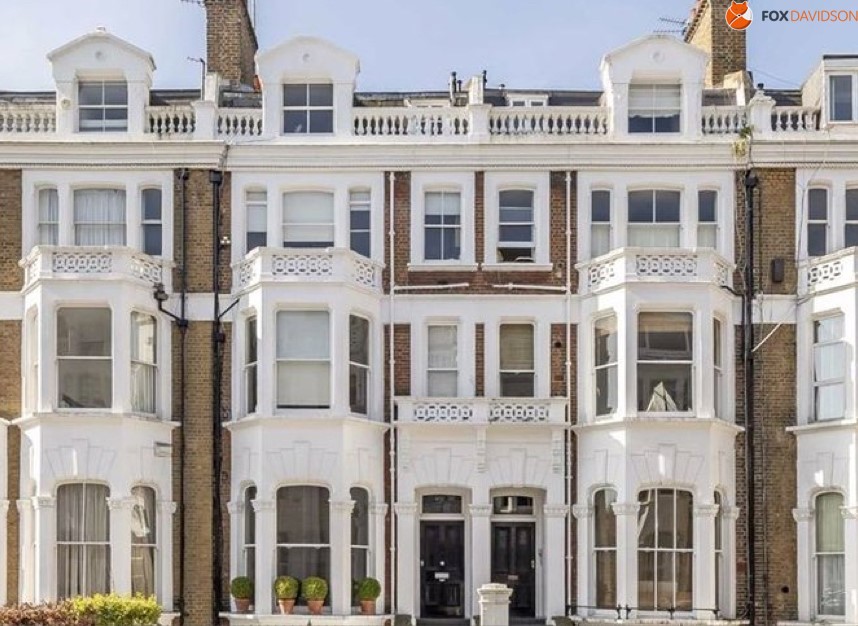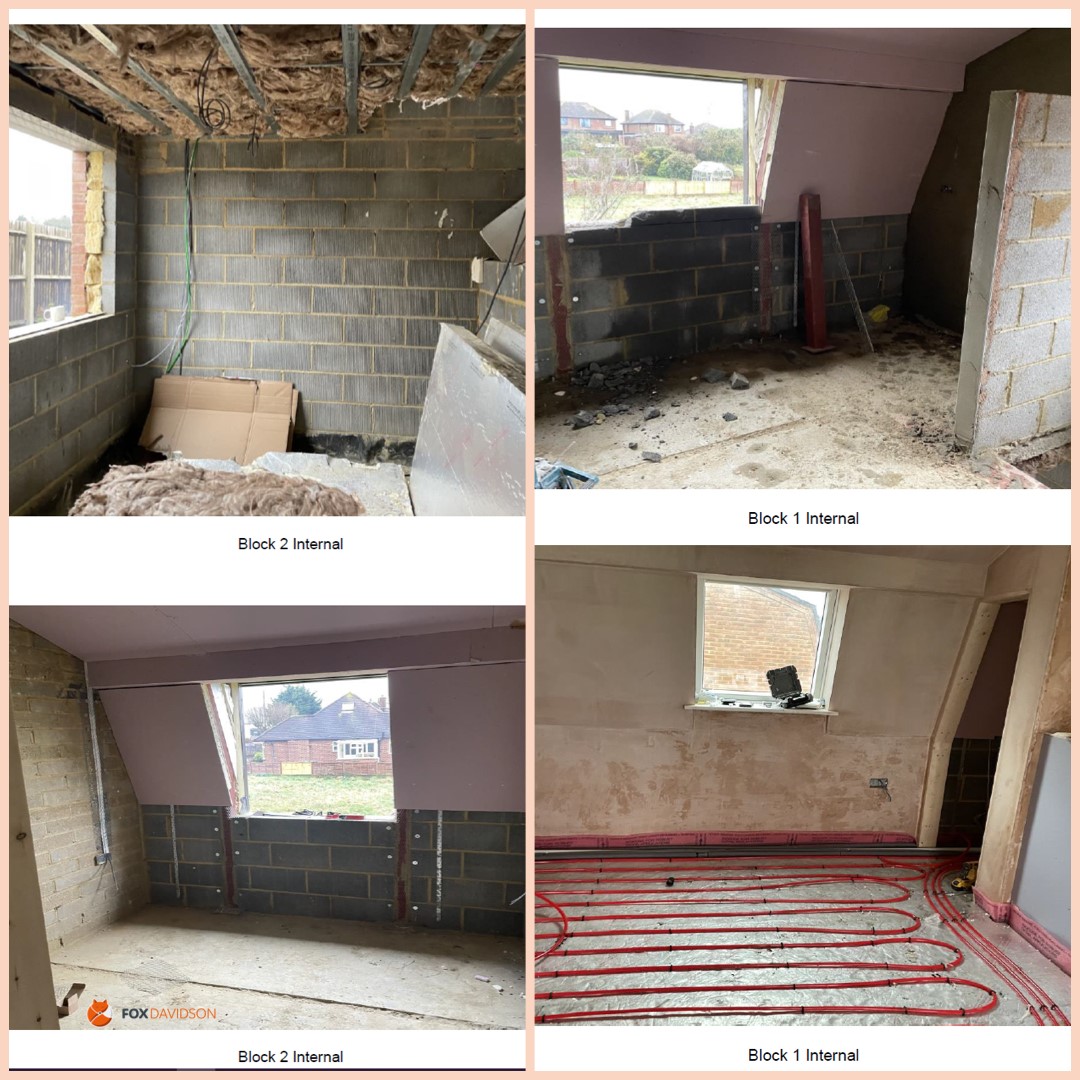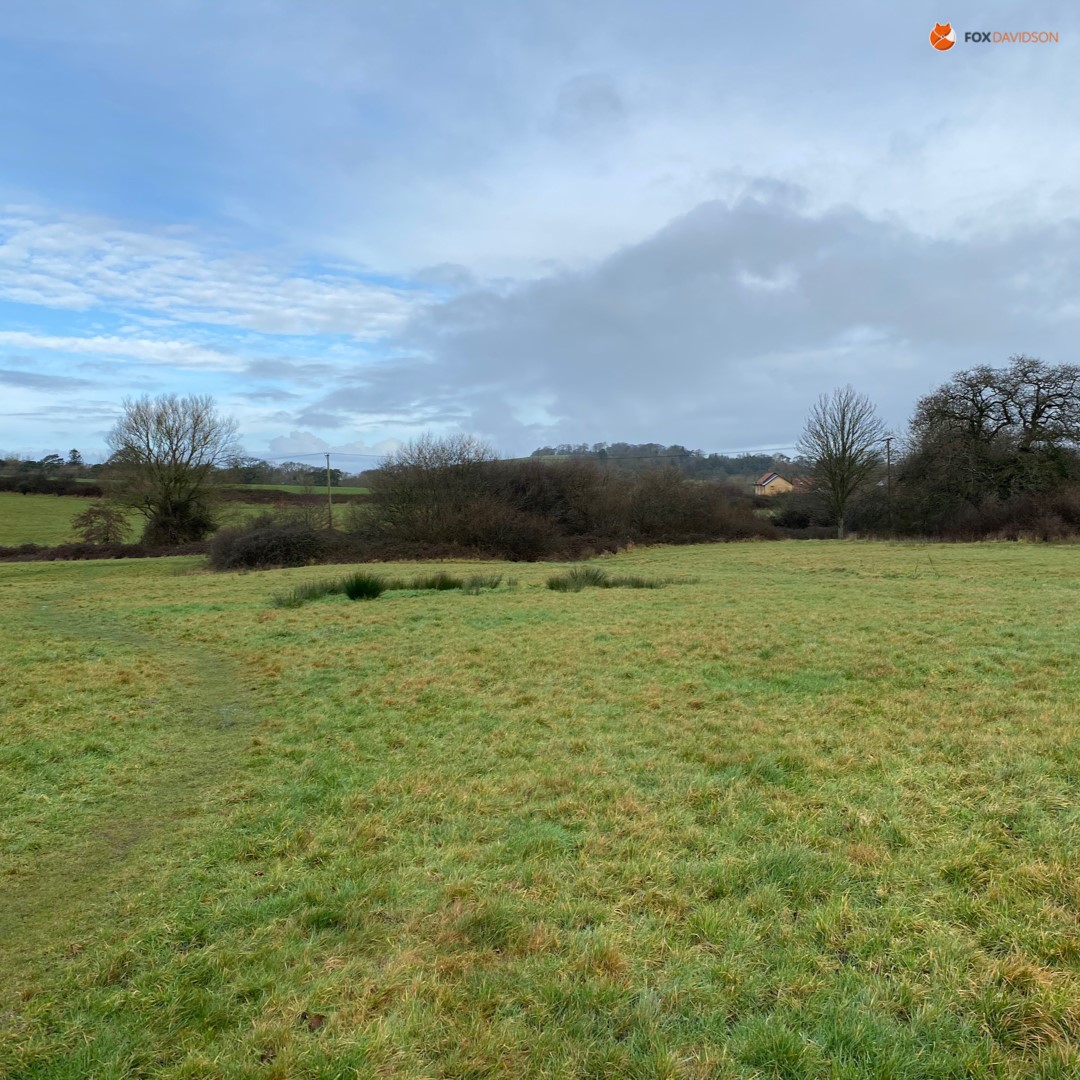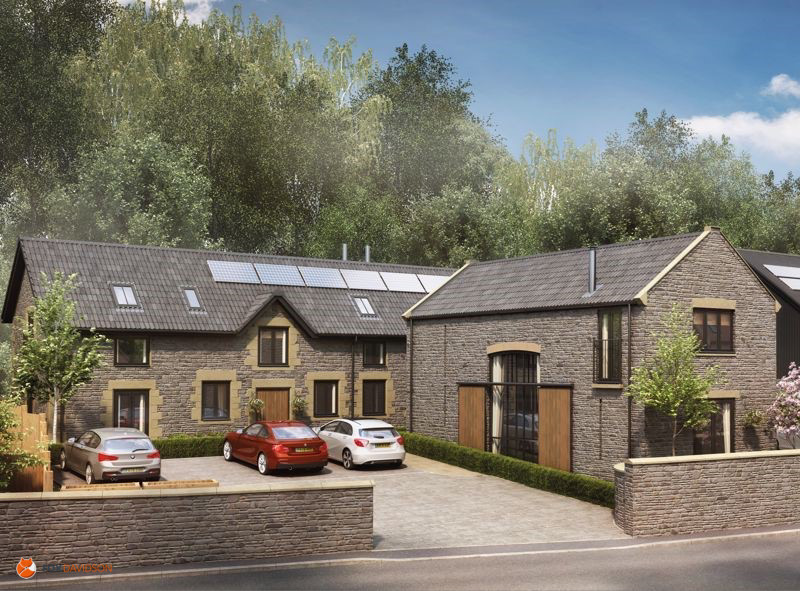07-02-2017
Self-Build Property Mortgages
It is estimated that there are around 12,000 self-build properties completed each year.
Building your own home is a dream many of us have had but few have put into reality. If you want to build your dream home then what is holding you back, lack of land? lack of funding? We look at the ways in which building your own home are being addressed by the government and by mortgage lenders, read on and you could soon be managing your own Grand Design!
Finding Land For Your Self-Build Property
From the 1st April 2016 the Government launched a national register for those interested in building their own home. You can now register your interest with your local council and they will keep your details and let you know when a plot becomes available. The link to the site is here: http://localselfbuildregister.co.uk/register-with-us/
Housing and Planning Minister Brandon Lewis said:
“Many other countries have a track record of delivering large numbers of local homes through self-build and we’re determined to ensure self and custom housebuilding grows significantly.
The new registers are a fantastic example of our commitment to double the number of custom and self-build homes by 2020 – so anyone who wishes to design their dream house can do so.
This government is committed to increasing housing supply and helping more people achieve their aspiration of home ownership – whether that’s buying on the open market through schemes like help to buy or by building or commissioning their own home.”
How Planning Permission And Access Can Affect A Self-Build Mortgage Application
Obtaining permission to build your house on your plot is paramount in ensuring your project goes ahead. Without planning permission, your lender will not release the funds for your project. The most important consideration when selecting a plot of land to buy is the likelihood of obtaining planning permission for the build. Many plots are sold with planning permission already in place although you should expect to pay considerably more for this.
If buying land with full planning permission already in place, detailed development plans will have been submitted to the local planning authority and it is therefore important to ensure that the actual permissions granted are entirely suitable. Local planning authorities are required by law to keep a public register of all planning applications, which you should be able to access easily. Planning permission expires after three years and so purchasers should be satisfied that there are not any significant time restrictions attached to existing permissions.
Plots are also sold with outline planning permission. Although offering the purchaser less security, this is often cheaper to obtain and it will also offer an indication of the type of full planning permission that should be achievable in the future.
The cheapest way to buy land is to select a plot without any planning permission. This can be a risky option and you could then expect to see the value increase substantially once planning permission has been granted. However, to apply for lending to build a property, plans and planning permission must already be in place and lenders will want to be satisfied that development of the site can commence prior to the expiry date of the planning permission.
To make a planning application you first have to work out who makes planning decisions in your area. There is normally a two or three-tier local authority system, consisting of a county and district council, in most cases a parish council may also be involved in this process. You’ll find the majority of decisions are taken by your local district or borough council. However, where a unitary authority is in place, it will act as the local planning authority.
Access to the land is another key consideration when selecting a plot to buy. The build costs will be substantially higher for a plot of land that is difficult to reach or requires specialist machinery. Plots that are on a hill or a steep slope may also create additional building difficulty and therefore increase cost.
While every self-build mortgage lender will have its own specific set of criteria to be satisfied, most will require copies of the build plans and planning permission to be provided to their valuer on or prior to inspection of the land and throughout the property build stages.
Finance Options For Self-Build Properties
Assuming you don’t have the cash to build your dream home then you are going to need to finance the build.
As across-the-market brokers we work with many lenders that fund self-builds, from high street lenders to specialist self-build lenders.
Lenders will lend in stages and typically these stages might be:
- Purchase of land
- Completion of the footings and foundations
- Construction of the walls
- Watertight
- Completion
Banks and building societies usually require either confirmation that an acceptable building standards indemnity scheme is in place or confirmation that the supervising consultant/architect can meet specified criteria.
How Construction Methods For Self-Build Properties Can Affect Your Finance Options
When it comes to the actual construction of the property there are several options that are available. The most common types of construction in the UK include:
- Timber Frame. Extremely popular with self-builders due to its energy efficiency and the fact that it is a relatively quick method of construction.
- Brick and Block. This is the traditional method used to construct houses in the UK and as such it is the easiest type of property to re-sell
- Steel Frame. A relatively rare method in the UK.
There are many more considerations when looking to build your own home and Fox Davidson will work with you at every stage of the self-build process to answer any questions you have and to ensure that the funding is provided as required.
Grand Design – A Case Study: The Urban Shed
In an episode, which first aired in September 2014, Steve & Tracy looked to build their own dream home. The couple had already sold their main residence for £900,000 and bought the land for the build at a cost of £400,000. The couple used £200,000 to repay an existing mortgage leaving them £300,000 for the dream home build.
With a budget of £300,000 the couple could not secure a contractor to complete the build within their budget and the project was placed on hold for almost a year. Once the build progressed they found themselves needing more funds than they had budgeted for.
This is where development finance comes in. The couple used a development lender to provide an injection of funds. A £200,000 loan was agreed which enabled the build to be completed.
At Fox Davidson we have arranged development finance for self-builds from the ground up as well as financing conversions including commercial to residential use. Funding for self-builds is released in stages as the build is completed. The lender will rely on a surveyor to monitor progress.
To discuss your self-build project, contact the team at Fox Davidson using enquiry@foxdavidson.co.uk





